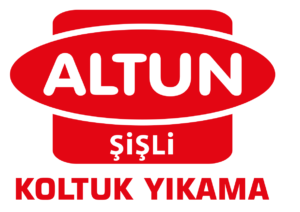Ethereum: Why does vout sometimes have no address?
Ethereum: Why Does VOUT Sometimes Have No Addresses?
As a user of the Ethereum network, you may have encountered issues where some transactions do not have addresses in their vout output (output value). This can be frustrating, especially when trying to analyze all transactions or understand the state of the blockchain. In this article, we will look at two situations that cause vOUTs to have no addresses.
The Miner Reward Problem
One of the reasons why vOUTs may not have addresses is due to the miner reward problem. When a transaction is broadcast to the Ethereum network, it must first be validated and then rewarded to the miners who completed the validation process. The reward is usually a small amount of cryptocurrency, usually in the form of ETH.
If a transaction does not contain enough ETH or there are outstanding rewards from previous transactions that have been mined from the blockchain (called “block rewards”), the vOUT output may run out of addresses. This can happen when:
- Insufficient transaction fees
: If the transaction fee is too low, the miner may not receive enough ETH to reward them for their work.
- Block reward has not yet been mined: If a block reward has not yet been mined from the blockchain, it will remain pending until new blocks are created.
The Smart Contract Problem
Another reason why vOUTs may run out of addresses is due to issues with smart contracts. When a transaction involves a smart contract call (e.g., calling a function on a contract), the contract output will include an address for each value produced by the contract. However, if this contract failed or encountered errors during execution, its outputs may be missing addresses.
There are several reasons why a contract may fail:
- Smart contract deployment issues: If a smart contract is deployed with incorrect or incomplete code, it may not execute properly and produce outputs without addresses.
- Contract reentrancy attacks: These types of attacks can cause contracts to fail or return incorrect data, resulting in missing vOUT addresses.
How to identify missing addresses
To debug the issue and identify why vOUTs are missing addresses:
- Check transaction logs for miner rewards: Examine the transaction log to ensure that miners have been properly rewarded.
- Check block reward status: Check if there are any block rewards that have not yet been mined from the blockchain.
- Monitor smart contract execution: If you are using a smart contract, check its deployment logs and execution output to identify issues.
Conclusion
Understanding why vOUTs might be missing addresses is essential to troubleshooting Ethereum issues. By recognizing these two scenarios, users can take steps to resolve them and ensure their transactions are properly parsed and executed on the blockchain. Remember to always check transaction logs and smart contract outputs to identify any potential issues before attempting to analyze transactions.
Additional Tips
- Use tools like Etherscan or Blockexplorer to view your transaction history and identify missing addresses.
- Consider using a tool like
ethers.jsto analyze and debug Ethereum transactions, which can help you debug vOUT issues without needing to access the blockchain directly.
